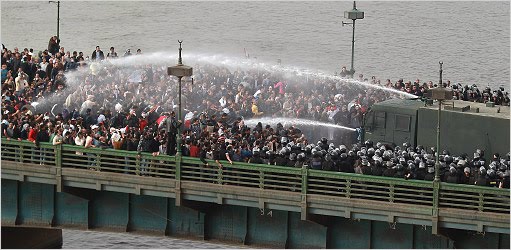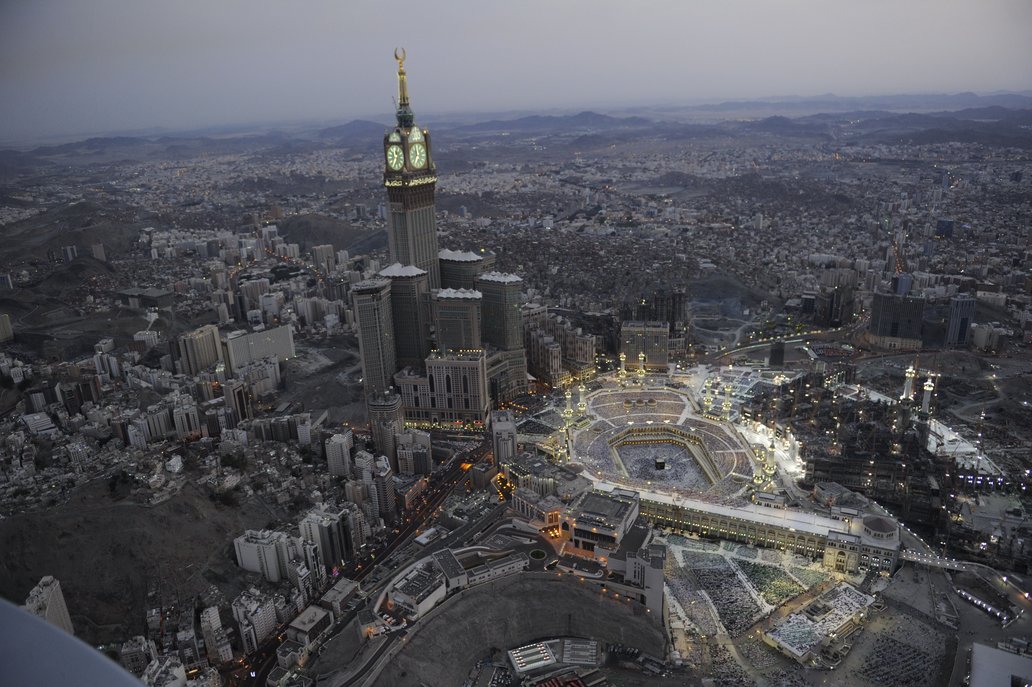BETHLEHEM: A million people around the world are marching for peace. In the past few weeks alone, they walked through the streets of Sarajevo, Zagreb and Gendema, on the Sierra Leone-Liberia border. At the same time, halfway around the world, others marched in Mexico City.
Next on the agenda? New York, Paris, Freetown and Santiago.
The first-ever World March for Peace and Nonviolence – a grassroots initiative which aims to bring people throughout the globe together in support of peace and an end to physical, economic, racial, religious, cultural, sexual and psychological violence – began its journey in New Zealand on October 2, the birthday of Mahatma Gandhi.
The nearly 160,000 kilometer peace march, which reached Bethlehem on October 14, will continue until January 2010 through most of the world’s major cities.
The march was initiated by World Without Wars, an international organization launched by the Humanist Movement, which was founded in 1969 by Mario Rodriquez Cobos in Argentina. The Humanist Movement promotes non-violence through five official organizations, hundreds of locally established councils and newspapers. As the march tours the globe, local individuals and civil society groups host World March representatives and organize marches, meetings and cultural events.
Prominent politicians, academics and celebrities have given their endorsements to the march. A group of Nobel Peace Laureates, including Mikhail Gorbachev, the Dalai Lama and Shirin Ebadi, drafted a charter for a World Without Wars, calling for the creation of “a more peaceful, civilized world order in which more effective and fair governance, respectful of human dignity and the sanctity of life itself, may become a reality. The charter will be presented to the promoters of the World March on November 11 during the World Summit of Nobel Prizes in Berlin.
The main actors of this global event, however, are not notable academics, politicians or celebrities. They are ordinary people who take to the streets of their communities on the designated dates to send a message of peace and hope that one day wars will become obsolete, weapons will be eradicated, and inequality and discrimination will become nonexistent.
The goal is to create a new global consciousness that opposes any forms of violence and discrimination.
Nowhere has the significance of this message been more symbolic and salient than in Israel and Palestine, the holy land for three monotheistic religions, which has not seen peace for over six decades. The initiative to hold the march in Bethlehem was undertaken by the Holy Land Trust, a locally based non-governmental organization that seeks to spread the principles of non-violence, empower the Palestinian community and strengthen dialogue.
Since its establishment in 1998, the Holy Land Trust has worked to empower the Palestinian community through workshops and training programs on non-violence, which has long been a meaningful part of the Palestinians’ struggle for statehood.
Today, the vast majority of Palestinian individuals and organizations are working to non-violently combat the occupation of Palestine through weekly peaceful demonstrations, the rebuilding of demolished houses and other activities. A recent United Nations Development Program report indicated that the majority of Palestinians do not support violence. In fact, 70 percent of Palestinian youth oppose it as a means to resolve conflict with Israel.
Non-violence goes deeper than pacifism: it embraces peaceful coexistence, active citizenship, resilience and creativity. The celebration of these ideas united both Muslim and Christian Palestinians as they marched through Bethlehem.
Local officials, including Bethlehem Governor Abdul Fattah Hamael and Mayor Dr. Victor Batarseh, took part in the demonstration. Giorgio Schultze, European Union spokesperson of the World March, and Luisa Morgantini, vice president of the European Parliament, participated in the march, as did Archbishop Atallah Hanna of the Greek Orthodox denomination and Sami Awad, executive director of the Holy Land Trust. All expressed their vision of peace in the Holy Land and a shared Jerusalem.
The World March also made stops in Tel Aviv and Jerusalem – embodying the hope for unity and peace.
From Russia’s icy Moscow to Uruguay’s sunny Montevideo, from Bethlehem to New York, the march will continue its way, drawing more supporters and peace advocates. Though it might not solve the Israeli-Palestinian conflict, the march is a potent symbol of hope and non-violence for both sides.
Rana Al-Arja is coordinator of the Making the Impossible Possible Campaign at Holy Land Trust in Bethlehem. She holds a MA in human rights and democratisation from Malta University. This article first appeared in The Sacramento Bee and was written for the Common Ground News Service (CGNews).

